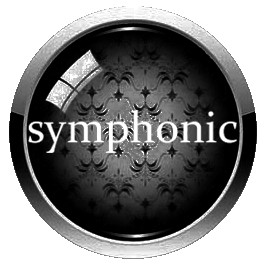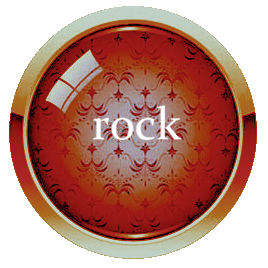
On the Use of Musical Ideas as Philosophical Notions
by Lee Duane FitzSimmons
When one closely examines the various uses of musical notions as philosophical building blocks, it becomes quite apparent that many options are available to the questing wordsmith attempting to find new ideas and conceptualizations. Thus, it would be prudent to break down the essential elements of music so that different types of foundational structures may be laid. In order to accomplish this task, it would be logical to identify and label the most important aspects of music. The completion of this task (which is highly subjective to the whim and fancy of the speculating individual) would allow for a far greater abundance of discussion upon this subject.
When one examines the development of music over the centuries, it becomes apparent that the key to unlocking the greatest amount of aesthetic pleasure is to completely absorb and fixate upon the melody. It is this single aspect of music that gives humanity its greatest pleasures. It is this single aspect of music that elicits the greatest emotional responses. It is this single aspect of music that communicates directly with the soul. So when comparing the melody of a piece to another aesthetically pleasant notion, it becomes rather easy to find all sorts of expressions upon which one could elaborate. However, the extension of melody into the realm of the empirical science is also a very easy thing to do. For instance, a lively and spirited tune can be applied to a certain type of mathematical equation or a geometric shape. Since music is both mathematical and geometric in its construction, such musings would not be that difficult to accomplish.

Melody is not the only aspect of music that can be employed when more substance is needed for the creation of new philosophical conceptualizations; there is also harmony. Oftentimes, a harmonic progression can often serve as a type of memory hook that involves the listener recalling key elements of a certain passage. This assertion is especially true when key tensions and guide tones are exploited to their fullest potential. It is also important to note that a chordal structure can change the aural flavor of a melodic line. This phenomenon is apparent when a melodic line is repeated over a new harmonic structure.
Also, one should not forget the beautiful complexity that additional lines of counterpoint can bring to the overall quality of a musical piece. Counterpoint can be directly identified with the philosophical notions of seemingly opposing or unrelated ideas juxtaposing with a central idea. Counterpoint can also be compared to several complimentary ideas working together as a new blend of philosophical sound is created by morphing musical and ideological lines together as one. Thus, it is plain to see that this type of playful speculation is filled with an abundant amount of fruit on many low-hanging branches.
Therefore, let the harvest begin...
* * *
INDEX
 |
 |
 |
 |
 |
 |
HOME * BOOKS * SANCTUARY * BIOGRAPHY
JAZZ * SYLVAN * ELECTRONIC * SYMPHONIC * ROCK * REGGAE
Copyright 2014 by Lee Fitzsimmons